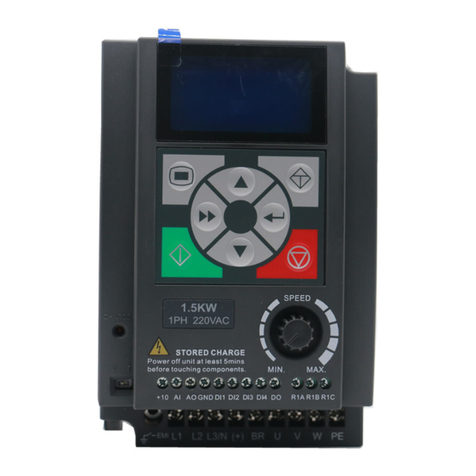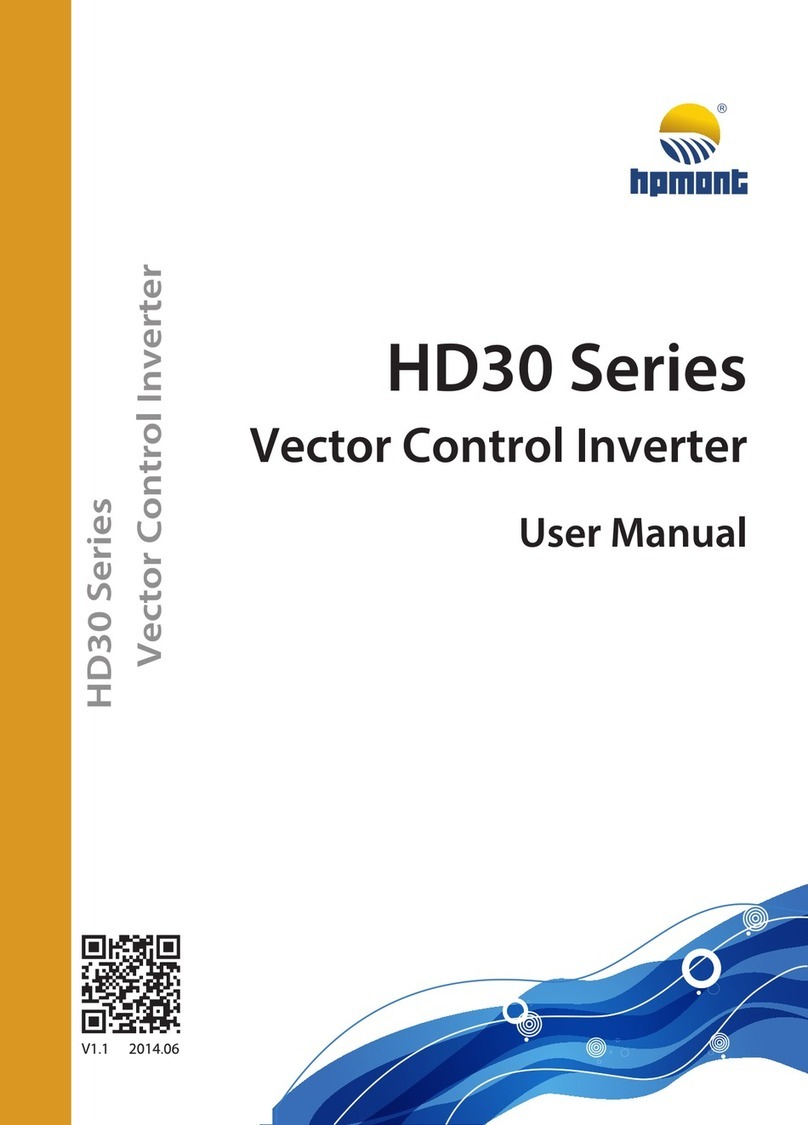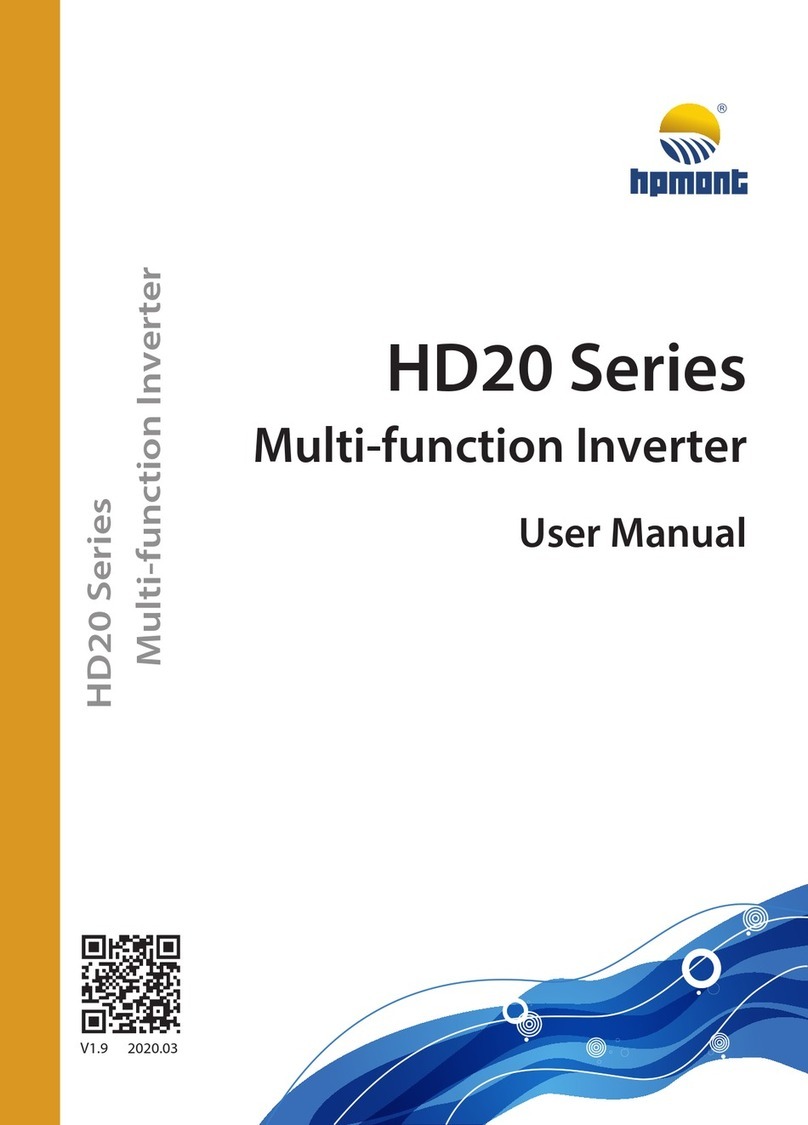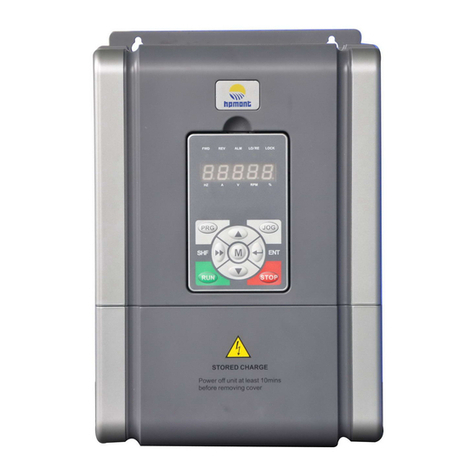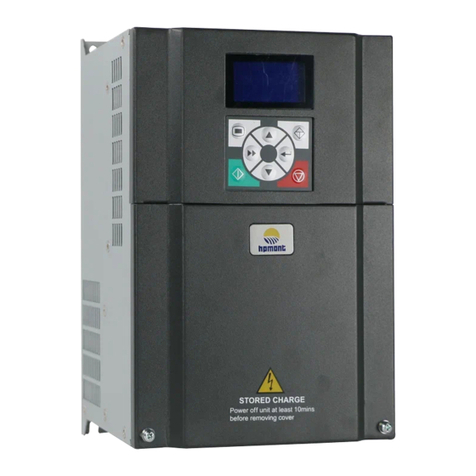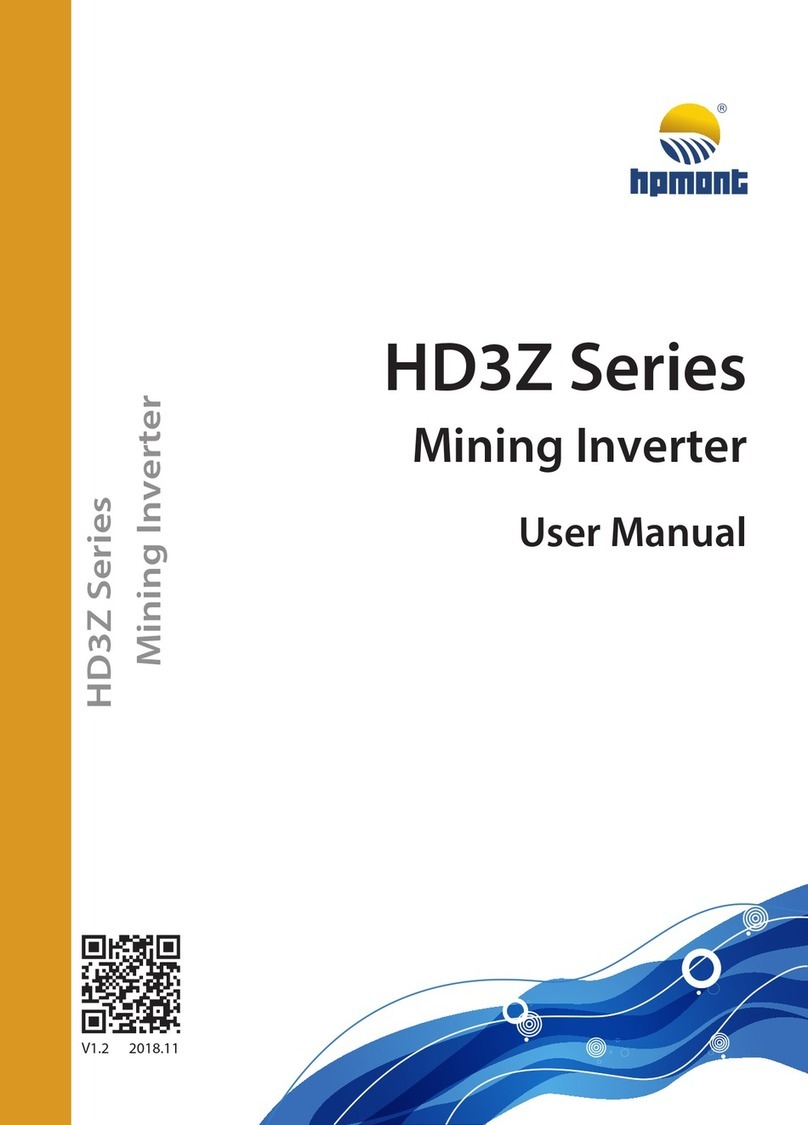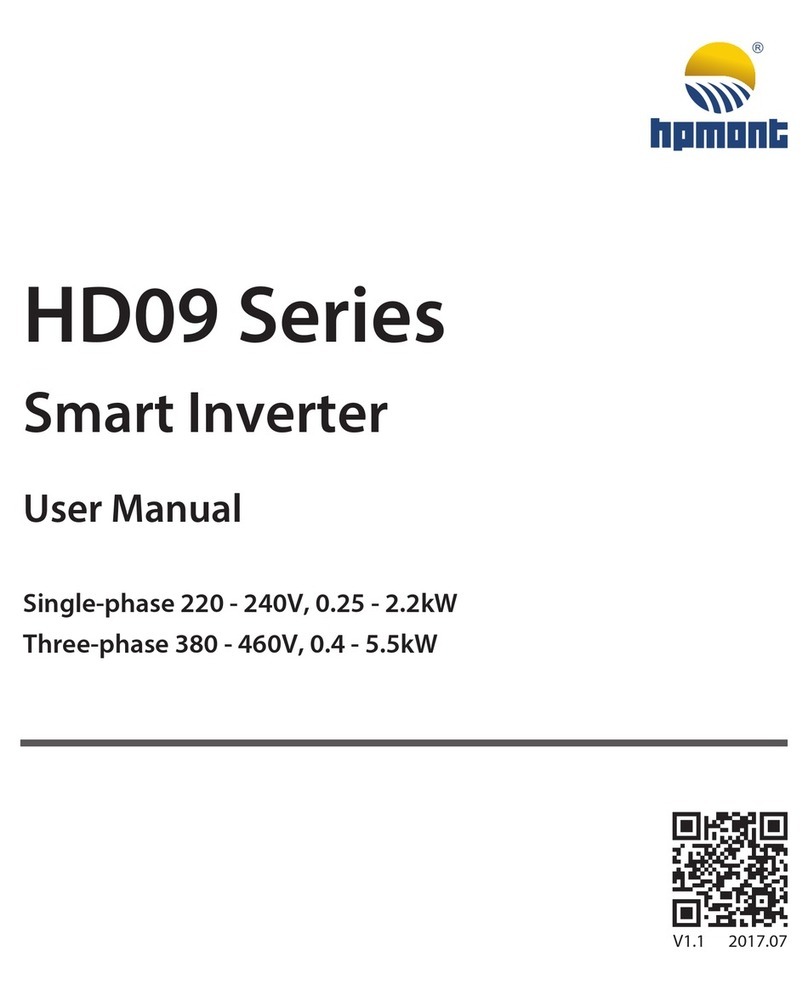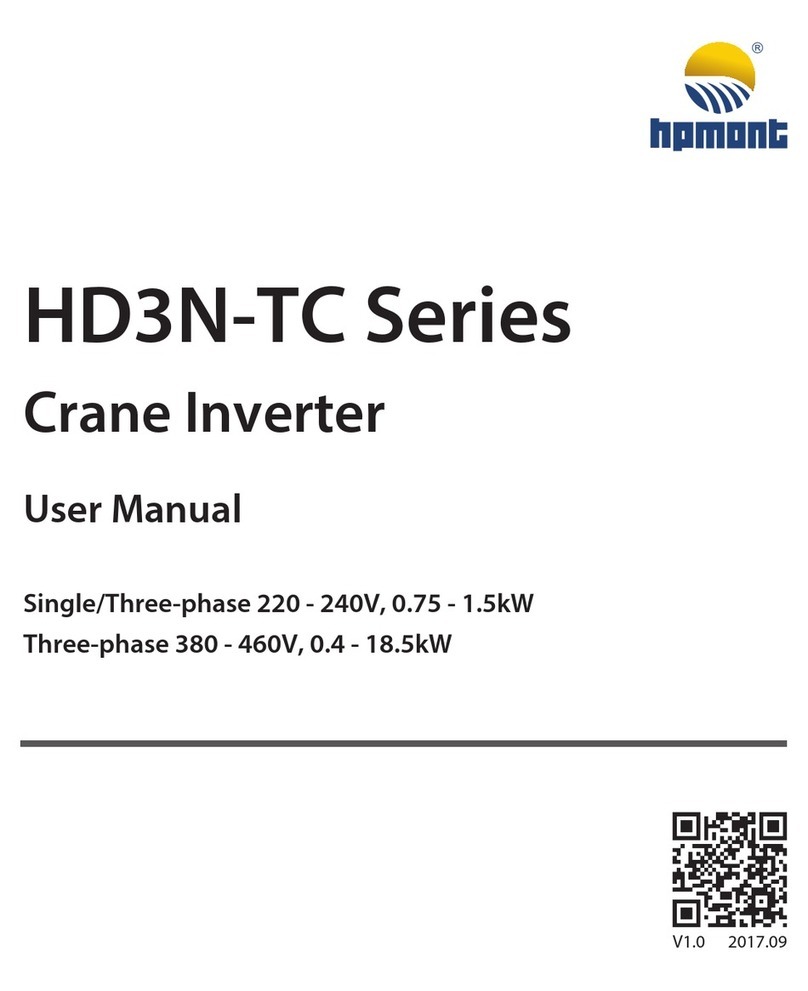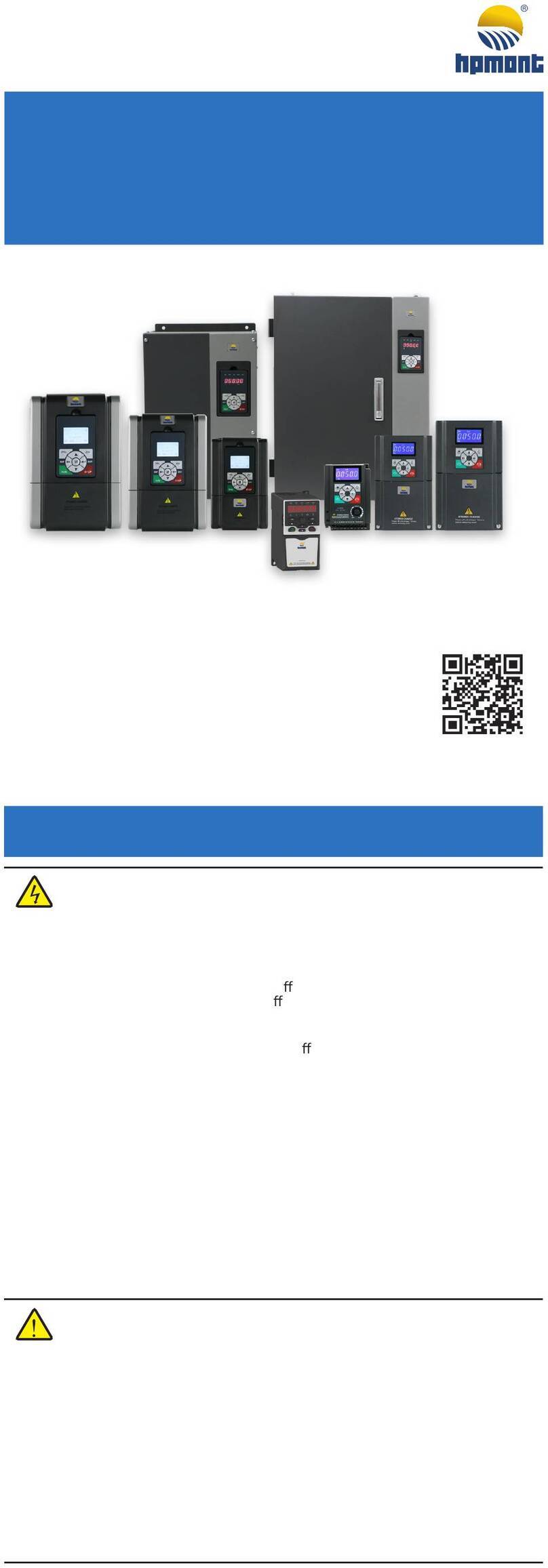
CONTENTS
Chapter 1 Safety Information and Precautions ............................................................................1
1.1 Safety Definition...............................................................................................................1
1.2 About Motor and Load......................................................................................................1
1.3 Installation Limitation........................................................................................................2
Chapter 2 Product Information......................................................................................................5
2.1 Model Code Explanation ..................................................................................................5
2.2 Nameplate .......................................................................................................................5
2.3 Specifications...................................................................................................................5
2.4 Ratings.............................................................................................................................8
2.5 Parts of Inverter................................................................................................................9
Chapter 3 Mechanical Installation...............................................................................................11
3.1 Installation Precautions ..................................................................................................11
3.2 Requirement for the Installation Site...............................................................................11
3.3 Installation Direction and Space Requirements...............................................................11
3.4 Dimensions and Mounting Size ......................................................................................13
3.5 Display Panel Installation and Dismantle........................................................................14
3.6 Plastic Cover Dismantle .................................................................................................15
Chapter 4 Electrical Installation..................................................................................................17
4.1 Wiring Precautions.........................................................................................................17
4.2 Selection of Main Circuit Peripheral Devices...................................................................18
4.3 Power Terminals and Wiring...........................................................................................18
4.3.1 Power Terminal Description ...............................................................................19
4.3.2 Wiring Terminals................................................................................................19
4.4 Control Terminals and Wire Connection..........................................................................20
4.4.1 Control Terminal Description..............................................................................21
4.4.2 Wire Jumper Description....................................................................................22
4.4.3 SCI Communication Terminal Description ..........................................................22
4.4.4 Control Terminal Connection..............................................................................23
4.5 Meet EMC Requirement of Installation............................................................................28
4.5.1 Correct EMC Installation....................................................................................28
4.5.2 Wiring Requirement...........................................................................................29
4.5.3 Wiring Motor......................................................................................................30
4.5.4 Ground Connections..........................................................................................30
4.5.5 EMI Filter...........................................................................................................31
